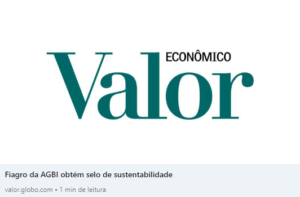Weather is one of the most important factors for agriculture and is an event no farmer can control. Therefore, it is vital to be able to understand some of the phenomena and its consequences that can alter rainfall, temperature, and other variables that affect planting, harvesting, crop development, or even the buying and selling prices of inputs and products. At this moment we are living in the middle of one of these phenomena, the La Niña or El Viejo.
This phenomenon occurs when stronger winds push the surface waters of the Pacific towards Oceania. As the surface waters are warmer and concentrated in Oceania, the west coast of South America receives a greater influx of cold water, as known as Resurgence. The difference in temperature of the Pacific Ocean at its two extremities generates changes in precipitation patterns in the Ocean itself and in nearby regions.

Its impacts in Brazil occur in two striking ways: excess rainfall in the North, Northeast, and northern Midwest and intense drought in the South and Mato Grosso do Sul. The duration of La Niña varies from two to seven years and has been manifesting since 2019. With poorly distributed rainfall, the air remains extremely dry in Rio Grande do Sul, Santa Catarina, Paraná and even Mato Grosso do Sul. In the North and Northeast, the volume of rainfall causes damage not only by its intensity, but by hindering the harvest.
Nevertheless, according to CONAB, its report of March 2022 estimates 265.7 million tons of grain for the 2021/2022 harvest, which is 4% higher than the previous period, equal to 255.4 million tons. The volume, however, has been falling with each bulletin, with the impact of La Niña one of the biggest culprits in adjusting the projections.





